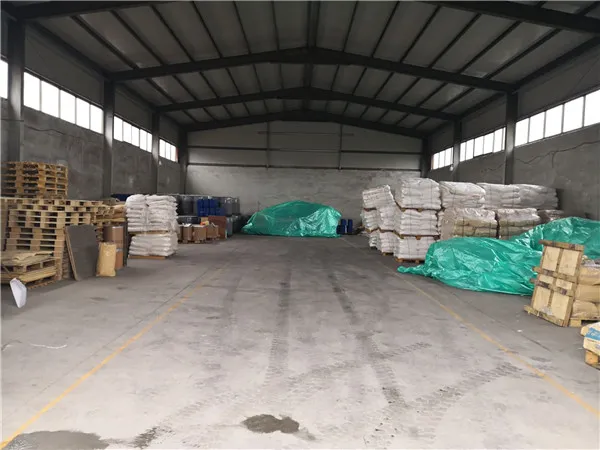Chemicals Used to Disinfect Water Supply
Water is essential for life, and ensuring its safety for consumption is a critical priority for public health. Disinfecting water supplies is vital in removing harmful pathogens and preventing waterborne diseases. Various chemicals are employed in the process of water disinfection, each having its unique properties, advantages, and potential drawbacks. This article explores the most commonly used chemicals in water treatment and their roles in maintaining safe drinking water.
Chlorine
Chlorine is one of the most widely used disinfectants in water treatment. Typically added in the form of sodium hypochlorite or calcium hypochlorite, chlorine effectively kills bacteria, viruses, and some parasites. It works by penetrating the cell walls of microorganisms and disrupting their metabolism. One of the primary advantages of chlorine is its residual effect, meaning that it continues to disinfect water as it travels through pipelines to reach consumers.
However, chlorine also has some disadvantages. It can react with organic matter in water to form disinfection by-products (DBPs), such as trihalomethanes (THMs), which can be harmful if consumed in large quantities over time. Therefore, water treatment facilities must carefully monitor chlorine levels and the presence of organic materials to minimize these risks.
Chloramine
Chloramine, a compound formed by the reaction of chlorine with ammonia, is increasingly employed as a secondary disinfectant in water supplies. Chloramine is favored for its lower potential to form harmful DBPs compared to chlorine. It also has a longer-lasting residual effect, making it effective for maintaining water quality over long distances. However, while chloramine is generally less effective at inactivating certain pathogens than chlorine, it is still widely used in areas where water quality must be maintained across extensive distribution systems.
Ozone
what chemicals are used to disinfect the water supply

Ozone (O₃) is another powerful disinfectant utilized in water treatment. It is generated by passing oxygen through an electrical discharge, resulting in highly reactive ozone molecules. Ozone effectively kills bacteria, viruses, and protozoa and degrades various organic substances. One of the key benefits of ozone disinfection is that it leaves no residual chemicals in the water, therefore eliminating concerns about DBPs.
Despite its effectiveness, the use of ozone has challenges. Ozone must be generated on-site because it cannot be stored and has a short half-life. Additionally, its effectiveness is highly dependent on contact time and temperature, requiring precise control during the treatment process. Ozone systems also require careful operation to ensure safety, as high concentrations of ozone can be harmful to humans.
Ultraviolet Light
While UV light is not a chemical, it is an increasingly popular method for disinfecting water. UV disinfection works by exposing water to ultraviolet light, which disrupts the DNA of microorganisms, rendering them unable to reproduce and infect. UV treatment is effective against a broad spectrum of pathogens, including chlorine-resistant organisms like Giardia and Cryptosporidium.
The advantages of UV treatment include the absence of chemical by-products and the elimination of taste and odor concerns. However, UV systems require clear water for effective disinfection; turbidity and color can shield contaminants from UV exposure. Additionally, while UV disinfection provides immediate results, it lacks a residual effect, making it necessary to combine with another disinfectant for long-term microbiological safety in the distribution system.
Conclusion
Disinfecting water supplies is a complex but crucial task in public health management. Each chemical or method used in the disinfection process comes with unique benefits and challenges. Chlorine remains the most common disinfectant, while chloramine, ozone, and UV light offer alternative strategies that can be utilized based on specific water quality requirements and treatment goals. The choice of disinfectant must balance efficacy, safety, cost, and regulatory compliance to ensure a safe and reliable water supply for communities. As technology and research continue to advance, the methods for disinfecting water will evolve, potentially leading to even safer drinking water for all.

